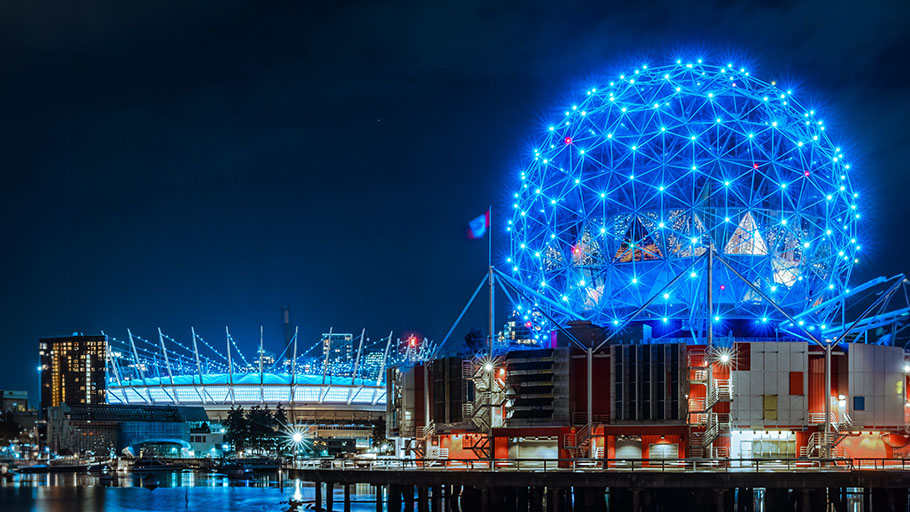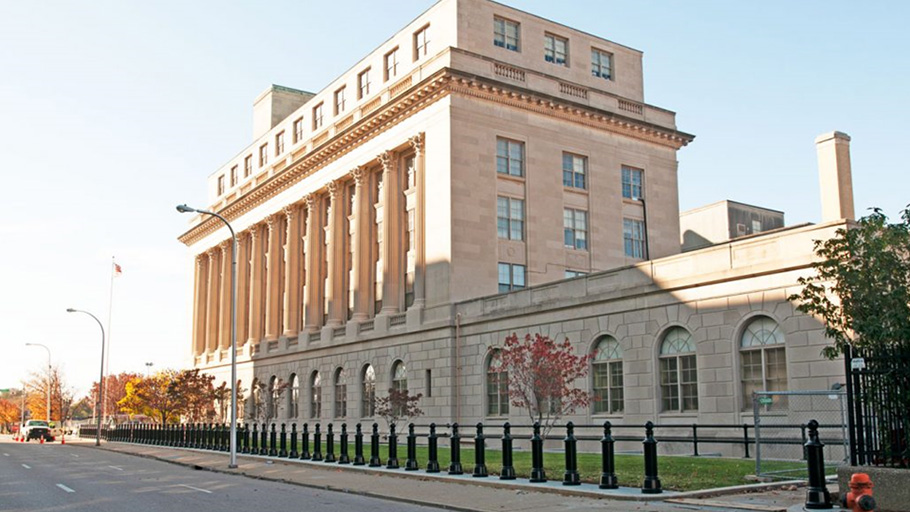Municipal climate action

Cities are directly impacted by the day-to-day realities of a changing climate, so they have a profound social and economic responsibility and incentive to reduce greenhouse gases (GHGs). Municipalities therefore play a pivotal role in implementing tangible solutions for GHG emissions and are often the first to take action to fight climate change. As primary hubs where innovative ideas meet real-world challenges, cities are leading the charge towards carbon neutrality, even with constrained budgets and timeframes.
Our new division Citysage is working closely with cities to implement smart technologies that help to fight climate change by reducing greenhouse gas emissions. Learn more about how a climate action plan can help to reduce greenhouse gas emissions on Citysage’s blog.













